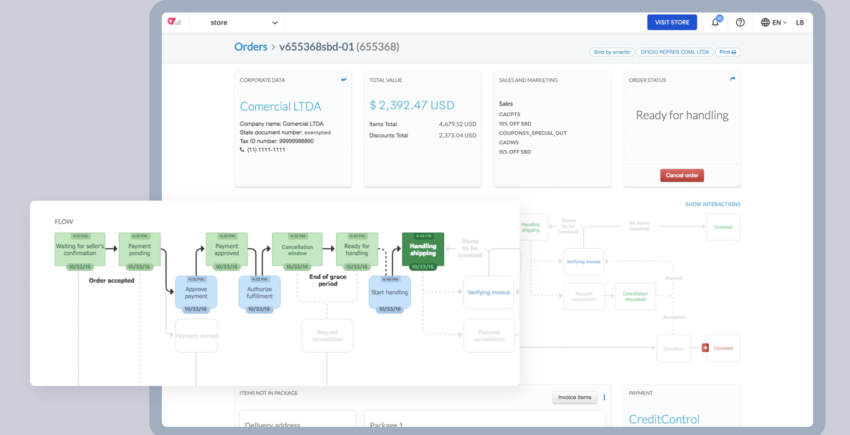
VTEX Is Changing The Game With Collaborative Commerce
VTEX is the only multi-tenant commerce platform that unifies customer experiences across all channels into a comprehensive enterprise solution. With an auto-scaling cloud infrastructure and a powerful, out-of-the-box set of tools, the platform accelerates the commerce transformation of complex operations. VTEX is trusted by Sony, Walmart, Whirlpool, Coca-Cola, Nestlé, Motorola, Stanley Black & Decker, and over 2,500 online stores in 28 countries. In 2018, the company was named as a major player in IDC MarketScape Worldwide SaaS and Cloud-Enabled B2C Digital Commerce Platforms and ranked in Gartner’s Magic Quadrant for Digital Commerce. In honor of their 20 years celebrations, I sat down for a video call with VTEX Chief Strategy Officer Amit Shah, to talk about the current challenges businesses are facing and how collaborative commerce can turn things over.
















